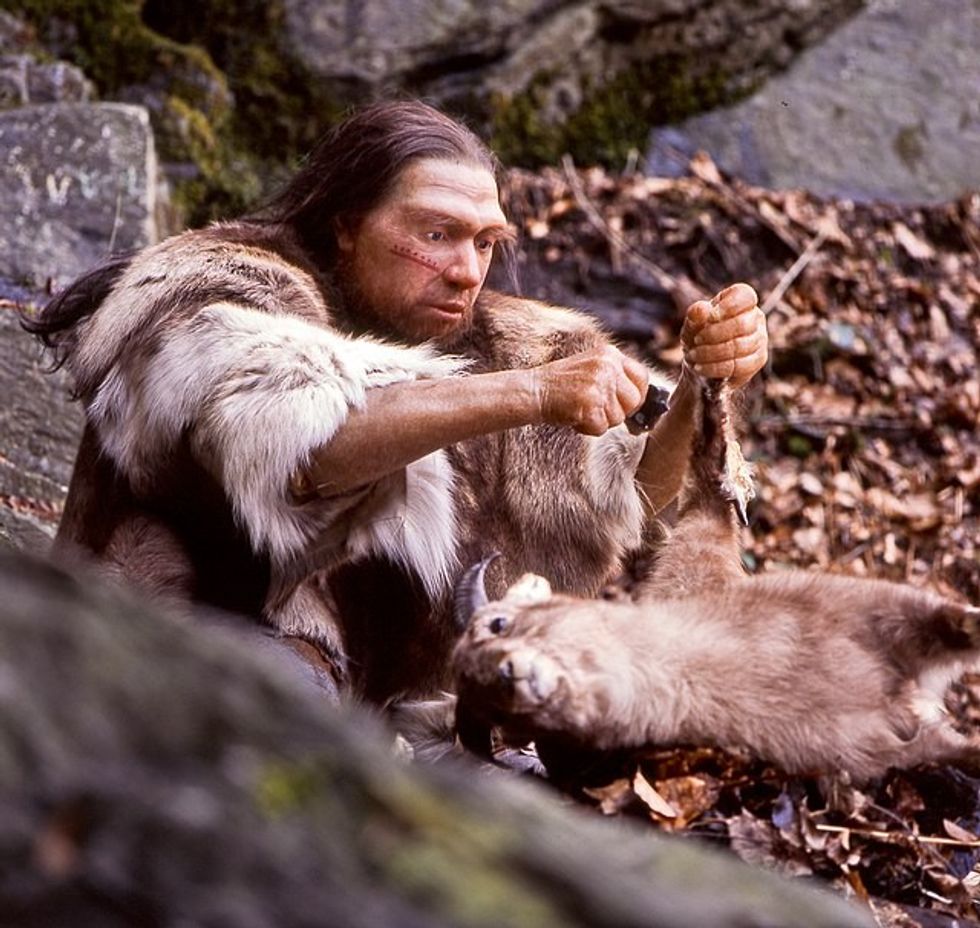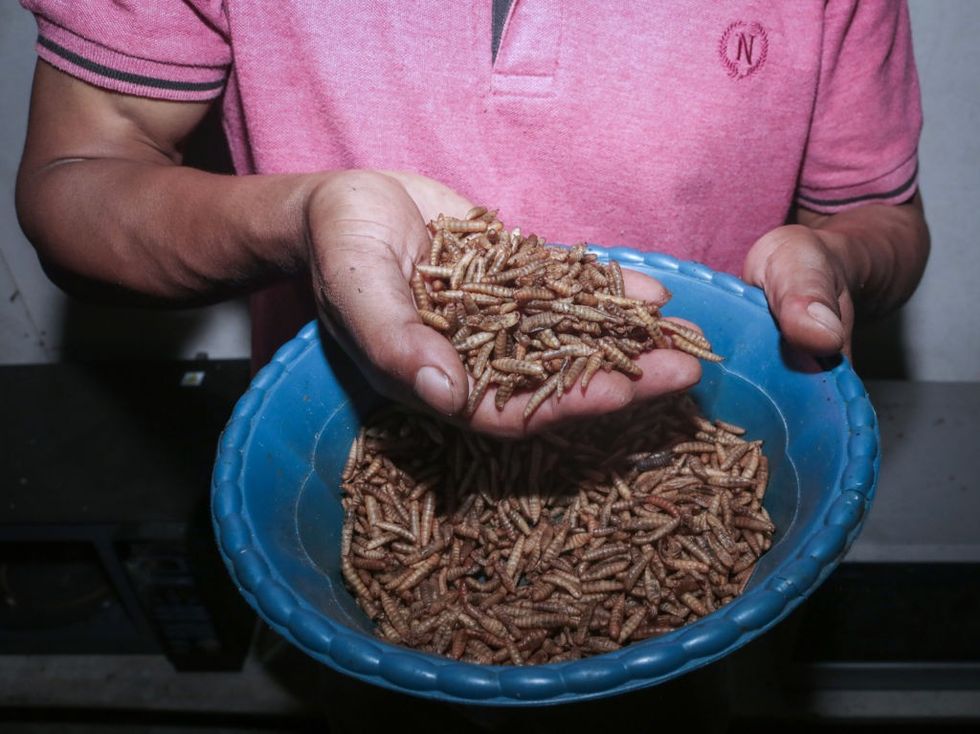Neanderthals ate MAGGOTS, researchers say as new clues to ancient human habits discovered
The fly larvae would have been eaten alongside festering meat, a new study has found
Don't Miss
Most Read
Latest
Neanderthals ate lots of maggots and were not the total carnivores we believe they were, a new study has revealed.
Researchers have long believed that the diets of Neanderthals, the ancient relative species of human ancestors, consisted almost entirely of meat - similar to those of lions or wolves.
But fresh research has proved this likely to be false, instead finding that maggots played a key role in the make-up of a Neanderthal's diet.
Due to the inconsistent success of their hunting, meat would have been stashed away and inevitably left to fester, and the maggots which then took hold would have been consumed.
The previous assumption of Neanderthals being hypercarnivore predators, meaning they ate purely carnivorous diet, was due to prior studies of Neanderthal remains which showed a chemical like one found in other hypercarnivore predators in their bones.
This chemical evidence, alongside the knowledge Neanderthals hunted animals like mammoths, bison, and deer, brought about the assumption of the species eating nothing but meat.
Now, anthropologist Dr Melanie Beasley has found evidence to suggest this is incorrect.
Beasley, who works at Purdue University in Indiana, US, studied maggots festering on human remains when she suspected previous theories about Neanderthals to be incorrect.

Neanderthals ate lots of maggots, and were not total carnivores as people often believed they were
|WIKIMEDIA COMMONS
Analysis has now found the maggots to be responsible for the chemical signature.
Research shows that when a carcass rots, the muscles become only marginally enriched with the specific form of nitrogen found in Neanderthal remains.
Instead, when maggots eat the flesh and then themselves are consumed, they can be up to 43 per cent richer in the nitrogen signature.
The team undertaking the study said: "We suggest that the nitrogen values are inflated, perhaps substantially so, because these dedicated hunters of large mammals would have stored or cached portions of their kills for later use to compensate for unpredictable returns."
LATEST SCIENTIFIC DISCOVERIES:

The maggots would have been consumed alongside festering meat
|GETTY
The scientists suggest the reserve meat would have been hung from branches, immersed in ponds and swamps, buried underground, or placed above ground.
They added: "Such reserves, whether fresh, dried, or smoked, readily attracted flies while they were being processed, and, over the use life of the reserve, the contents almost inevitable began to putrefy and become infested with maggots."
Researchers concluded the meat could have then been consumed weeks, months, or even years after it was first killed.
In order to confirm this theory, scientists buried 34 bodies which had been donated for research at the notorious Body Farm facility at the University of Tennessee.
Two years later, the maggots were studied and confirmed to be the reason for the high nitrogen content in Neanderthal remains.
Scientists believe the Neanderthal diet was likely to have included ribs, briskets, tongues, entrails, kidneys and other internal organs, as well as brains.
Beasley said: "I think for a long time the hypercarnivore narrative about Neanderthals has been wrong but that image adds to their exceptionalism and fascination, so that narrative has persisted."
Neanderthals "often ate these fat-rich tissues in a tainted or putrefied state together with their almost inevitable infestation of living and dead maggots," she told The Telegraph.
Beasley added: "We are just saying that we need to consider those other dietary inputs like the inevitable stored foods laced with fatty maggots that would have been nutritionally beneficial."
The study was published in Science Advances.










